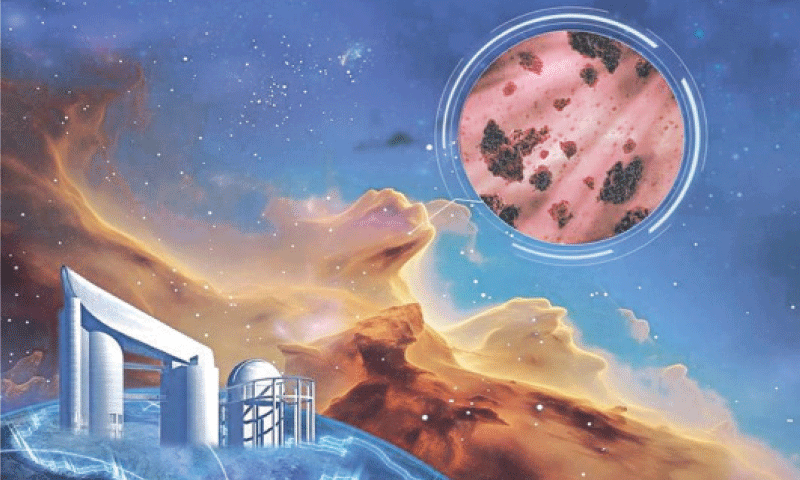Kazi Abul Monsur#
This is a fascinating breakthrough in astronomy! The creation of a 3D map of interstellar dust is a game-changer for understanding how dust affects starlight, which has long been a challenge. By moving beyond oversimplified models and showing how dust extinction varies across different regions and wavelengths, this research will improve our knowledge of star formation, exoplanet detection, and even the conditions that may have led to the origins of life.Chinese and United States astronomers have created the first three-dimensional map of the properties of interstellar dust in the Milky Way, using data from China’s Large Sky Area Multi-Object Fiber Spectroscopy Telescope and European Space Agency’s Gaia space observatory.
Published as a cover story in Science on Friday, this cosmic atlas solves a decade-old challenge in astronomy by revealing how interstellar dust dims and reddens starlight across the galaxy. The breakthrough is poised to revolutionise studies of star formation, exoplanets and potentially the origins of life.
“Interstellar dust — tiny solid particles scattered across the galaxy — acts like a cosmic fog, absorbing and scattering starlight, which is called extinction,” said Zhang Xiangyu, a Chinese doctoral student at the Max Planck Institute in Germany.
For decades, astronomers had to correct observations using oversimplified models, assuming homogeneous dust behaved uniformly.
“But dust properties vary across regions. Using a one-size-fits-all extinction curve was like navigating with a flawed GPS,” said Zhang, who conducted the study with his mentor, Gregory M. Green.
The team combined two million stellar spectra from LAMOST with positional and spectroscopic data from the European Gaia space observatory, creating a dynamic 3D map that tracks how dust extinction changes by location and wavelength.
It’s also impressive that this achievement comes from a collaboration between Chinese and U.S. astronomers, using data from both China’s LAMOST and the European Gaia observatory. Do you think this study will lead to more precise models for space exploration and astrophysics in the future?## Dawn, Pakistan/china daily



মন্তব্যসমূহ বন্ধ করা হয়.